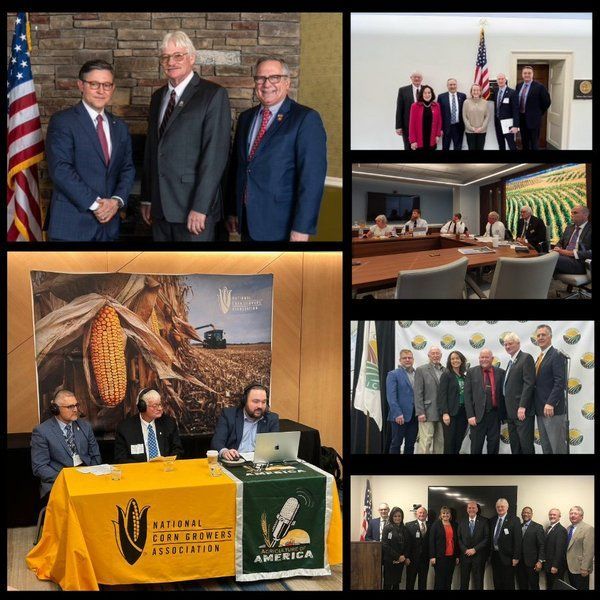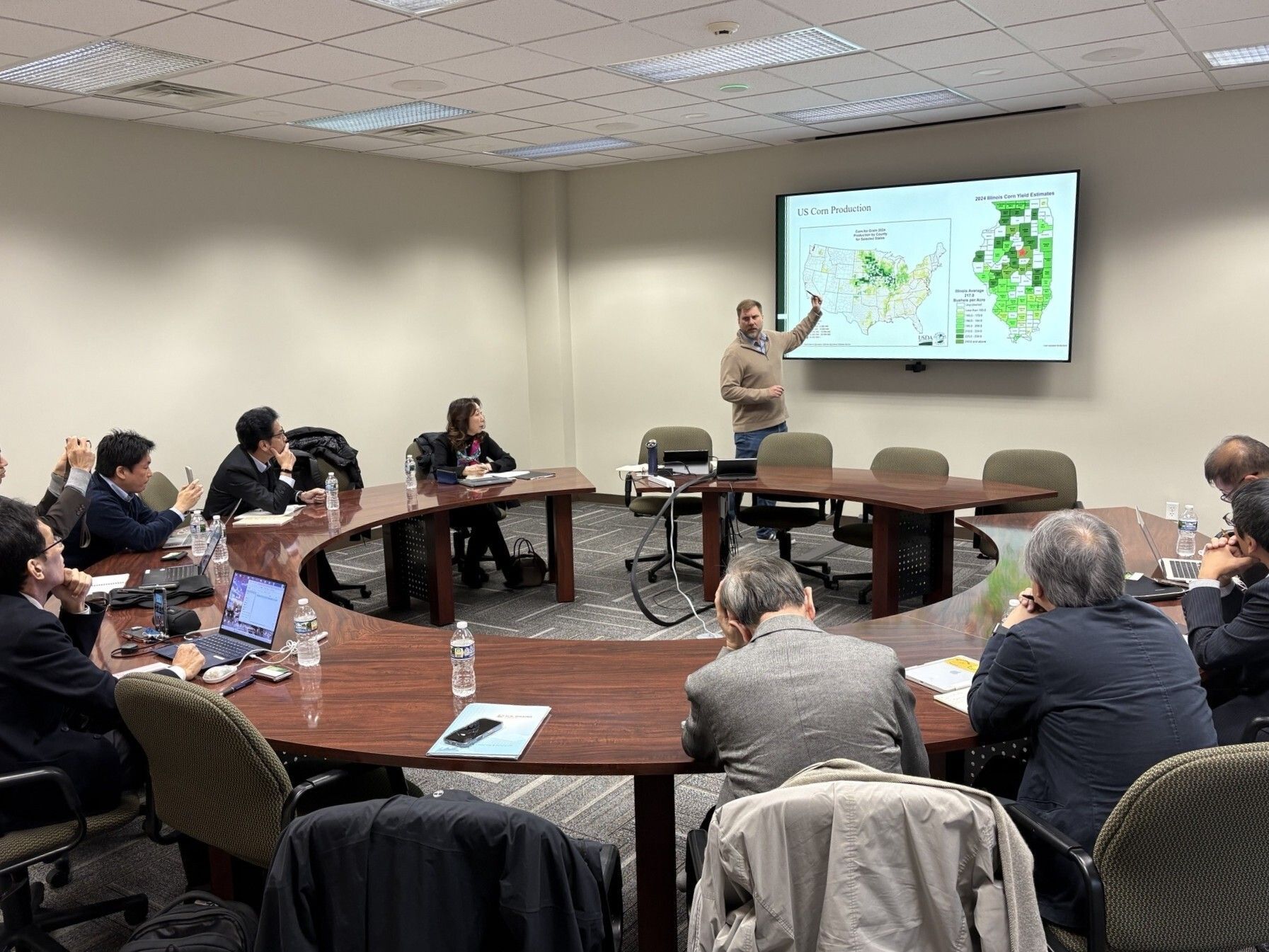The Biden Administration releases the 2022 Trade Policy Agenda
The Biden Administration releases the 2022 Trade Policy Agenda
On March 1st, President Biden released his 2022 trade policy agenda and 2021 annual report to Congress. The report details Amb. Katherine Tai and USTR’s work to implement the Administration’s trade priorities.
Over the last year we have seen the Administration pursue a new approach to trade policy that empowers workers and emphasizes Trade Investment Frameworks Agreements (TIFAs) over Free Trade Agreements (FTAs). Key elements of the 2022 Trade Policy Agenda and 2021 Annual Report include:
- Standing up for Workers’ Rights
- Accelerating Decarbonization and Promoting Sustainable Environmental Practices
- Supporting U.S. Agriculture
- Bolstering Supply Chain Resiliency
The Policy Agenda Fact Sheet can be found here.
The Full Annual Report can be found here.
U.S. – Russia
The Russian invasion of Ukraine is threatening to further constrict already tight global supplies of grain and fertilizer as Black Sea distribution hubs and supply lines shut down amid the violence. At this point, agricultural products have not been included in the U.S.’ sanctions against Russia. Despite this fact, the recent conflict has affected international markets, causing worry among exporters and importers. Russia and Ukraine are two of the largest exporters of wheat. “Wheat futures prices at the Chicago Board of Trade, the global benchmark, surged 6 percent last week, to about $9.34 a bushel, the highest in nine years,” according to Politico. Russia’s invasion of Ukraine could have effects on other agriculture markets as well, but according to Secretary Vilsack, at this point, its “too early to tell.”
Amidst the violence that is only expected to worsen as Russian aggression intensifies and Western sanctions broaden, U.S. lawmakers have banded together to oppose Russia’s actions. House Ways and Means trade subcommittee chairman Earl Blumenauer (D-OR) and Rep. Lloyd Doggett (D-TX) have even introduced legislation to end permanent normal trade relations with Russia and to begin the process of expelling Russia from the World Trade Organization (WTO). Staff will continue to monitor the legislation should it progress in the chamber.
Expanding on the indications for fertilizer trade/supplies:
Russia and Belarus are major producers and exporters of fertilizer and much of that trade has already been stopped by sanctions or cut off because of the conflict blocking Russia’s Black Sea ports. Russia is responsible for 22% of global exports of ammonia and a pipeline that sends Russian ammonia through eastern Ukraine to the Black Sea has been cut off.
Russia is also responsible for 14% of global urea exports and 14% of global monoammonium phosphate exports. Russia and Belarus each account for about 20% of global exports of potash. Read more here from Agri-Pusle reporting.
U.S. – China
Ambassador Tai spoke at the USDA Agriculture Outlook Forum and gave a candid assessment of current trade relations with China as increasingly challenging and complex. Referencing discussions with China on fulfilling its Phase One commitments, Tai said, “These are not easy conversations, and in fact they have gotten more difficult over time.” Tai indicated that USTR officials over the past several months have pursued engagement with Chinese counterparts to hold the country accountable for failing to meet commitments made under the Phase One deal. “When you look at the level of commitments on purchases — agricultural and non-agricultural — that the Chinese made to the U.S. government and to U.S. producers two years ago, that the performance has been uneven and that we have shortfalls that we have to contend with,” she added.
- House Ways and Means republicans sent an oversight letter addressed to Ambassador Tai, in late February appealing to the Biden Administration on the Phase One Agreement, requesting USTR to construct an action plan, targeting China’s predatory trade practices and enforce the Phase One agreement.
U.S. Trade Deficit Widens
January’s international trade deficit in goods increased to $107.6 billion or 7.1% in January from $100.5 billion in December as exports decreased and imports increased. The latest monthly trade data reveals import demand remains strong in early 2022 as the U.S. economy rebounds from the global pandemic. The Census Bureau reported that monthly exports of goods for January were valued at $154.8 billion, $2.8 billion less than December exports. Imports of goods for January were $262.5 billion, $4.4 billion more than December imports.
White House Report on Agri-Food Supply Chain
Supply chain resiliency was a major topic discussed during last night’s State of the Union address by President Joe Biden. During his speech the President called for supporting local supply chains and buying products made in America, from food to technology and traditional infrastructure — efforts he says will create more domestic jobs and self-reliance.
Building out the plan of action on the commitments made yesterday was a report the White House issued in February assessing the U.S. Agri-Food Supply Chain. The report, issued by USDA, outlines the risks and resilience of U.S. agri-food supply chains and identifies potential solutions to address vulnerabilities. It touches on six priorities and recommendations to enhance critical supply chain resiliency:
- PRIORITY 1: Concentration and Consolidation in Agri-Food Production, Manufacturing, and Distribution
- PRIORITY 2: Labor Needs
- PRIORITY 3: Ecological and Climate Risks to Crops
- PRIORITY 4: Livestock and Poultry Disease Threats
- PRIORITY 5: Transportation Bottlenecks
- PRIORITY 6: Trade Disruptions











































































































